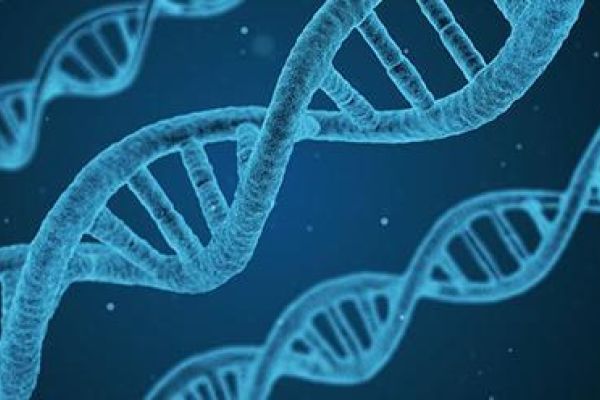Genome editing: an ethical review
Report
Published 30/09/2016

Food production
Genome editing could help contribute to a sustainable increase in worldwide food production by improving the efficiency of the development and production of crops and animals for consumption.
Plants
Genome editing is currently used in research into plant breeding. Possible commercial uses include improvements in yield and pest resistance, increased drought tolerance, and increased nutritional benefit.
The impact of genome editing techniques is perhaps less revolutionary in plants than in humans, given the already long history of breeding strategies that have changed the genetic characteristics of virtually all crops – including selective breeding and first generation ‘genetically modified’ plants (mainly involving the insertion of genes that do not naturally occur in those plants).
However, genome editing could significantly speed up the progress of breeding programmes. It is thought that genome editing could reduce the time needed to generate the desired genetic characteristics in a plant population from 7-25 years to as few as 2-3 years since its target specificity effectively bypasses the need to go through a number of plant generations to achieve a particular genetic combination.
Depending on the regulatory and economic conditions, it could open up the field to smaller companies and, potentially, drive the development of characteristics other than the main commercially important traits like herbicide resistance.
Animals
Genome editing in animals has not merely accelerated research but has made possible research that was previously unfeasible. Recently the CRISPR-Cas9 system has been proposed for use in pigs, sheep, cattle, and chickens:
- to improve yield – e.g. chickens that produce only female offspring for egg production;
- to increase disease resistance, e.g. pigs that are resistant to African swine fever; and
- to make livestock better adapted to farming or environmental conditions, e.g. hornless cattle that can be kept in confined spaces with lower risks of injury.
Three principal challenges in genome editing of livestock are scaling up the technology to commercially viable levels, securing regulatory approval, and farmer and public acceptance.
Ethical considerations
Global food production needs to increase – some say by as much as 70 per cent – to support the world’s growing population. It is important to look at the big picture of food production, and to consider whether and how genome editing technologies can contribute alongside other approaches such as improving the efficiency of distribution and reducing waste.
The safety of food for human consumption is a key concern and, in the case of animals, there are also concerns about the welfare of intensively farmed animals.
One area of dispute is whether foods produced using genome editing techniques should be classed as genetically modified (GM). This is significant because of the differences in the way that GM and non-GM foods are regulated, labelled and perceived by consumers.
GM regulation imposes additional burdens on producers, which affect the economics of production. Effective regulation and labelling depend on traceability but genome editing makes analytical verification of this difficult, as an edited product may appear to all intents and purposes identical to a non-edited product. Whereas appropriate labelling of foods enables consumers to exercise a greater choice about what they buy, it is important to consider what may be implied in and inferred from product descriptions, and what is the appropriate information to give to consumers.

Share